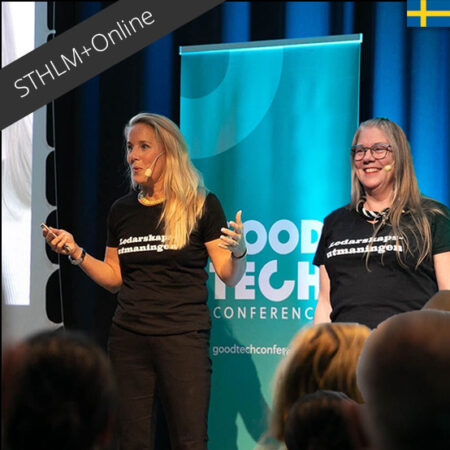When working in Agile teams, we want the teams to do usability testing to get quick feedback. This is the most efficient way to make sure we are building the right thing. The Test Canvas can be used to speed up the feedback process and enable more people to learn how to do it and join the process.
This canvas is created based on UX professionals practices and guide anyone through the process in a safe way as well as minimize the time to define and conduct usability testing on a continuous basis – it is perfect for building and scaling the UX capability in many product teams.
Download the test canvas for free as a high-resolution PDF >

Usability testing is qualitative as opposed to a quantitative method
The purpose of usability testing is to observe users and how they solve common user tasks in a prototype or existing service to see if the solution is working well. We want them to talk out loud so we can understand how they think when they use it. We want to be able to ask them questions so we can better understand their mental models and experience. Since it is a qualitative test where we listen to and look at how users behave and how our service performed it is usually enough to test with 5-8 people. Once you realize nothing new “big” is coming from the tests you know you have reached the limit for what is needed now. But once you have fixed those issues you might test again on new people. You find more information about this in the canvas.
Usability testing can be done on anyone and any user type
Usability testing can be done on anyone and any user type. A user interview on the other hand is something else, that is when we need to learn if the solution solves a specific problem. In that case, we need to validate that on the target group and perhaps someone who is like our users and a specific persona. Often we then need to interview or observe 20 people instead of only 5-8.
Usability testing can be scary at the beginning
Meeting with customers and doing usability testing, in the beginning, can be intimidating. A good way to get started is by creating a safe-to-fail environment by practicing with people you know. Remember, if the team can test on real users once in a while and get valuable feedback, it is so much better than never getting to meet with any users and never getting any validation on what they do. It is also a lot better than only having experts outside of the team, or even worse outside of the organization.
Good methods for usability testing

There are some well-known practices for how to conduct good usability testing that can be applied both when the test person is in their own environment (which is great to see context), and when the tester and test person can meet physically or virtually. We call the most common methods “Talk out loud”, “Laptop hugging” and “Screen Sharing”. You can use “Talk out loud” if you meet physically, or in combination with any other method.
The overall process
Before the test
What?
What are we testing? What do we need to learn more about? Prototype or existing service? What use cases?
Who and how many?
What type of users should we recruit? Do we have personas to base it on? How many do we need? Min 5 and max 8 people.
Screening
Where do we find people to test on? What questions can we ask to probe and find the right people? Usability testing can be done on anyone, but if we need to learn if the solution solves a problem we need to validate that on our target group and perhaps persona.
During and after the test
Tester
Who from the team will join in? If you record it the rest of the team can watch where problems occurred. Max 2 people.
Compile
Go through your notes directly afterward, share insights. Map problems on screenshots or customer journeys as concrete as possible. Do it with the team.
Solutions
Ideate on solutions for the problems directly after the tests. Test again on new users to see if you solved the problem – release!
Download the test canvas for free as a high-resolution PDF >


